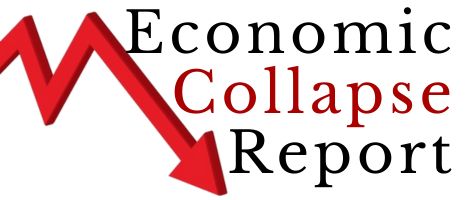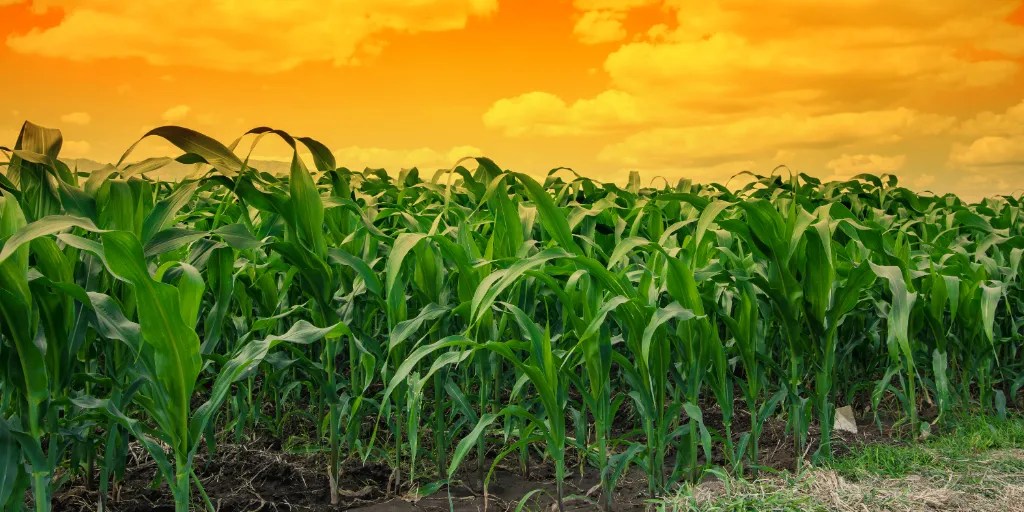How can carbon dioxide, which has been portrayed as a dangerous pollutant threatening the very existence of humankind, be considered even remotely beneficial? Sadly, such a question can be expected from people – children and adults – who have been fed irrational fears in place of well-established science that shows CO2 to be an irreplaceable food for plants and necessary for all life.
Even some who recognize CO2 as sustenance consider increasing atmospheric concentrations of the gas to be potentially catastrophic, a view devoid of scientific basis and inimical to the fortunes of malnourished millions.
Corn, or maize, is foundational—along with rice, wheat, soyabean—to global food security, serving as a critical source of nourishment for both humans and livestock. Over the past few decades, increases in atmospheric CO2 from industrial emissions have tracked with notable boosts in corn yields.
Between 1900 and 2024, the national corn yield in the U.S. rose to 183 bushels per acre (bu/A) from just 28 bushels. During the same period, atmospheric CO2 increased from 295 parts per million (ppm) to 419 ppm. Worldwide, corn yield rose from a mere 29 bu/A in 1961 to 86 bu/A in 2021. […]
— Read More: wattsupwiththat.com


